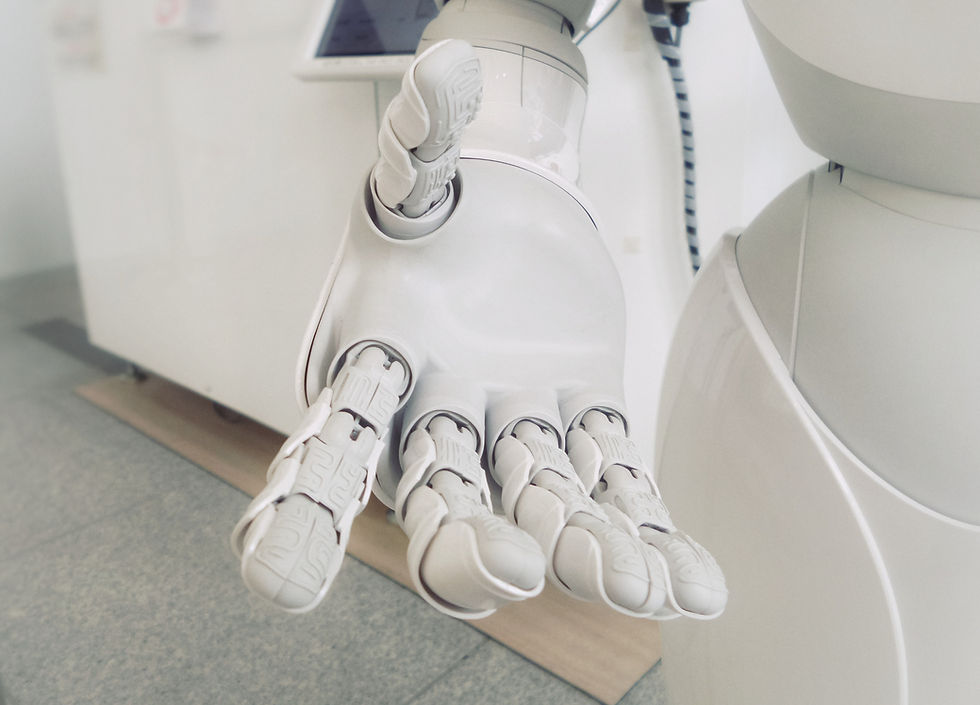Robots as a Form of Autism Therapy
- Sofia Cervantes

- Jul 5
- 2 min read

Many of us have probably heard of what Autism Spectrum Disorder is, but what efforts are researchers and scientists to help children faced with the challenges of ASD?
Recently, I was fortunate enough to attend a lecture led by Dr. Brian Scassellati at Yale University. I didn’t really know what I expected to get out of his teachings when I first read the lecture description, but I came out of the lecture with an incredibly great understanding of how researchers today are helping children with ASD through technologies.
Because children with ASD usually find difficulty with social interactions, specifically making eye contact and more personal connections, Dr. Scassellati talked about his experience in his lab. He explained the excitement that children with ASD felt when playing with the robots. Most children wanted to play with the robots for six to seven consecutive hours, indicating their feelings of increased comfort when interacting with the robots.
Specifically, there was one boy with autism who usually refused to make eye contact with others. He was placed in a room with a therapist and a robot that resembled a small dinosaur on a carpet with a map drawn on it. The dinosaur was scared of water, and the boy’s job was to encourage the dinosaur to walk over the rivers or lakes on the carpet. The boy began to speak with more emotion and after only a few minutes, began to make significantly more eye contact with his therapist. However, the increased eye contact and interactions decreased after only 5 more days of using the robot.
Dr. Scassellati decided it was time to test the effects of an everyday interaction between robots and children with ASD. The experiment that he depicted during the lecture consisted of everyday interaction between the robots and children for 30 minutes over the course of 30 days. The results were pretty positive as parents reported increased social engagement, emotional understanding, and eye contact. These parents were finally able to make more meaningful connections with their kids through robot therapy.
Now, of course, robot therapy does have its limitations. The effects only lasted for a certain period of time, which shows that continuous robot therapy is what really would help people with ASD. There are still lots of questions to be answered, but Dr. Scassellati’s work proves a promising social therapy for children with ASD in the near future.
More can be found on Dr. Scassellati’s work on his lab website http://scazlab.yale.edu. His work is truly fascinating, and I encourage all who are curious to read more!




Comments